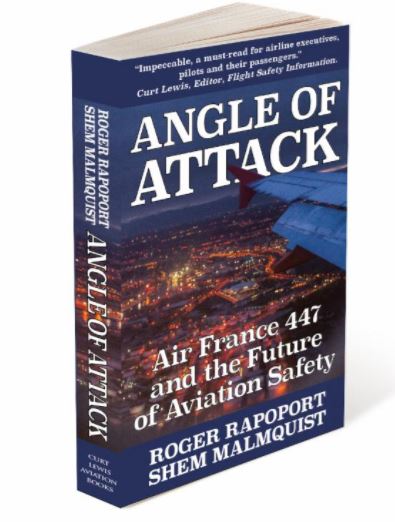[ad_1]

At least once each year we each return to fly the simulator. The “game” in the simulator is fairly predictable. We know what to expect most of the way through – we are more surprised when something has not failed or gone wrong than when it has! Although the simulator ride itself is fairly predictable, that probably does not significantly detract from the experience, and we will carry our training to the line. This is largely true because we are really practicing the procedures themselves as much or more than how to fly the airplane.
So, here you are, flying the simulator, and the instructor tells you that windshear has been reported in the area. You are now spring loaded to go for the recovery and at the first indication of windshear you go through the escape drill. But how much is this like the real world?
Recently I was discussing this issue with a friend of mine, TWA. Captain Steve Holmes. Steve also teaches in the simulator for TWA. It turned out that we had each encountered a dry microburst on approach, and coincidentally they were while flying into the same airport, Salt Lake City (SLC). Another thing that both of us found similar was the insidious nature of the encounter. Our experiences were virtually identical.
Approaching the Salt Lake area there were some buildups in the area, along with visible VIRGA. The conditions at the airport itself looked fine, so we continued the approach. No windshear had been reported. On final the air was smooth and as we descended on the ILS in virtually unlimited visibility all seemed normal. The microburst did not slam us all at once, unlike what I have usually experienced in the simulator. Instead, I found that we kept getting a little bit slow, so had to add a bit of power. Not a lot, just a bit, but after a while we had a whole lot of power. At some point it became clear that things were not right and a missed approach was executed on short final. The aircraft performance on the go-around was sluggish to put in mildly. Go around power and we just barely held altitude until near the departure end of the runway.
The point here is that it was not immediately clear that this was a windshear encounter. Captain Holmes and I both felt that it was almost like being “sucked in”, in that everything felt and seemed fine until we were fairly committed to flying through the event. In both of our encounters we felt that we were directly under a newly developing microburst, so encountered the decreasing performance portion only. He found it particularly disturbing that it could be so easy to get “sucked” into this type of situation as he trains crews to avoid and escape from such encounters in the simulator. He is very familiar with the procedures and warning signs.
It might be possible to train windshear differently, but that is not the purpose of this article. It is simply not possible to train for every possible combination of circumstances we are likely to encounter. The responsibility for a safe operation will always rest with the flight crew, and it is our knowledge and experience that keep flying safe.
==========================================
[ad_2]
Source link


